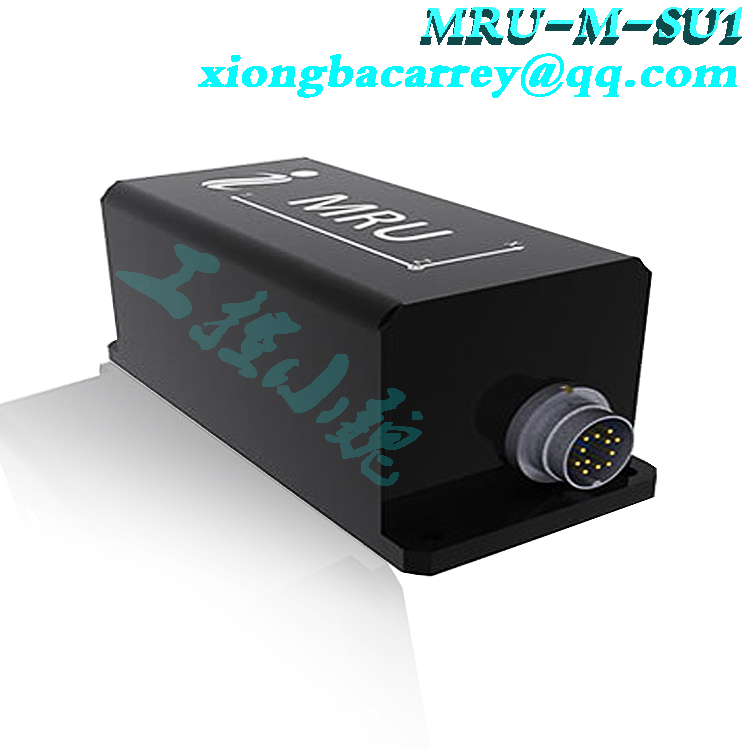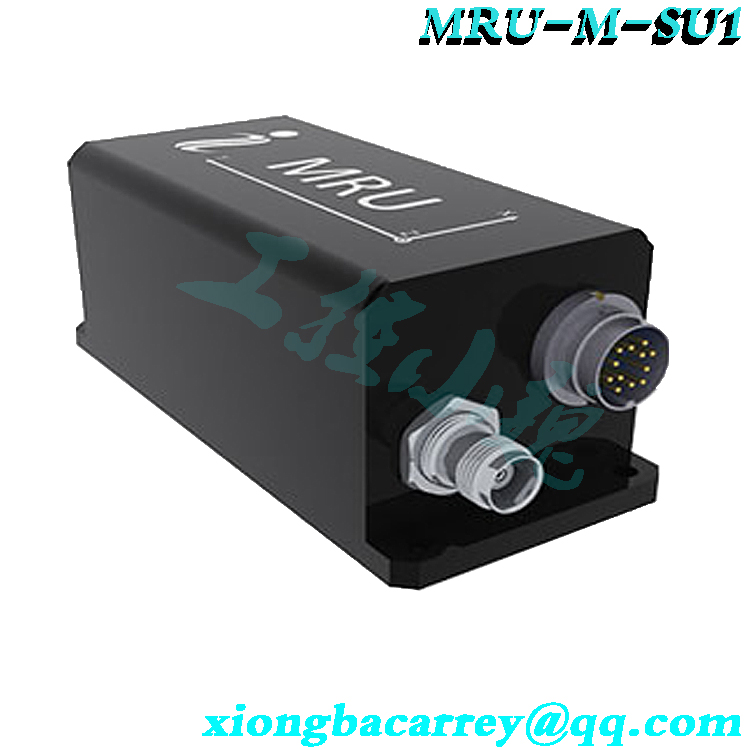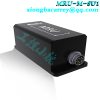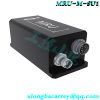Description
The DGU is a diesel engine speed controller. It is used on the ship’s main engine to control the engine RPM. The desired engine set-point speed is provided by either the ACP or by a manual control lever. Once the set point is established, the DGU maintains the engine RPM at all times. The DGU includes all essential signals related to the main governor functions. It works as an independent unit and will operate even if both CAN networks should fail. The DGU contains four CAN-buses and two RS485 serial lines. Each port is galvanically isolated. The input supply voltage of 24 VDC should not be below +18 V or above +32 V. It is galvanically isolated. Description The DGU is a diesel engine speed controller. It is used on the ship’s main engine to control the engine RPM. The desired engine set-point speed is provided by either the AC600 ACP or by a manual control lever. Once the set point is established, the DGU maintains the engine RPM at all times. The DGU includes all essential signals related to the main governor functions. It works as an independent unit and will operate even if both CAN networks should fail. The DGU contains four CAN-buses and two RS485 serial lines. Each port is galvanically isolated. The input supply voltage of 24 VDC should not be below +18 V or above +32 V. It is galvanically isolated.General system description The Bearing Wear Condition Monitoring (BWCM) System has the function of predicting bearing wear in large two-stroke diesel engines before it becomes critical. The system will provide an early warning if any of the three crank-train bearings (crosshead, crank and main bearings) experience unexpected problems during ship operation. A typical system setup is shown in Figure 1. It consists of two Bearing Wear (BW) sensors for each cylinder (fore and aft). Via the CANopen bus the sensor measurements are fed into the system communication units (DGU) where further signal filtering is performed. Presentation, trending and storing of historical data is either done via K-Chief 500 SW as a stand alone PC or integrated with the AutoChief or the K-Chief 500 AMS. Sensor PS-11 description The PS-11 sensor (see Figure 3) is based on the eddy current principle and is used for measurements against electrically conductive, ferromagnetic materials. A high-frequency alternating current flows through a coil cast in the sensor housing. The electromagnetic coil field induces eddy currents in the conductive target which alters the AC resistance of the coil. This change in impedance produces a linear electrical signal proportional to the distance of the target from the sensor. The measurements take place every time the crosshead guide shoe passes Bottom Dead Centre (BDC) during engine running. The sensor is sampling at a speed of 150 kHz. When the crank passes the BDC the sensor measures and detects the minimum distance between the sensor and the crosshead guide shoe. The minimum value is transmitted to the BWCM system. To be able to determine if one or more of the bearings have sustained any wear, the sensor needs a reference value indicating normal level of crosshead guide shoe BDC. This reference BW value is measured and stored at the time of the sensor installation and commissioning. The engine speed (RPM) will influence on the measured BW readings. Each sensors therefore measure the engine RPM and compensate the measured BW values according to RPM calibration data for each individual cylinder. The RPM compensation curves for each sensor are measured and stored during sensor commissioning on the actual engine. Also maneuvering, cargo load condition and engine frame temperature will influence on the sensor BW measurements. These effects are handled in a deviation filter for each sensor. In addition the sensor is measuring the coil temperature and does compensation in the BW value according to measured temperature. This sensor temperature compensation is set during sensor production. A typical sensor installation is shown on Figure 2. The sensors are mounted on special designed bracket and fixed to the engine frame beneath the crosshead guide shoe.
Model recommendation:







Reviews
There are no reviews yet.